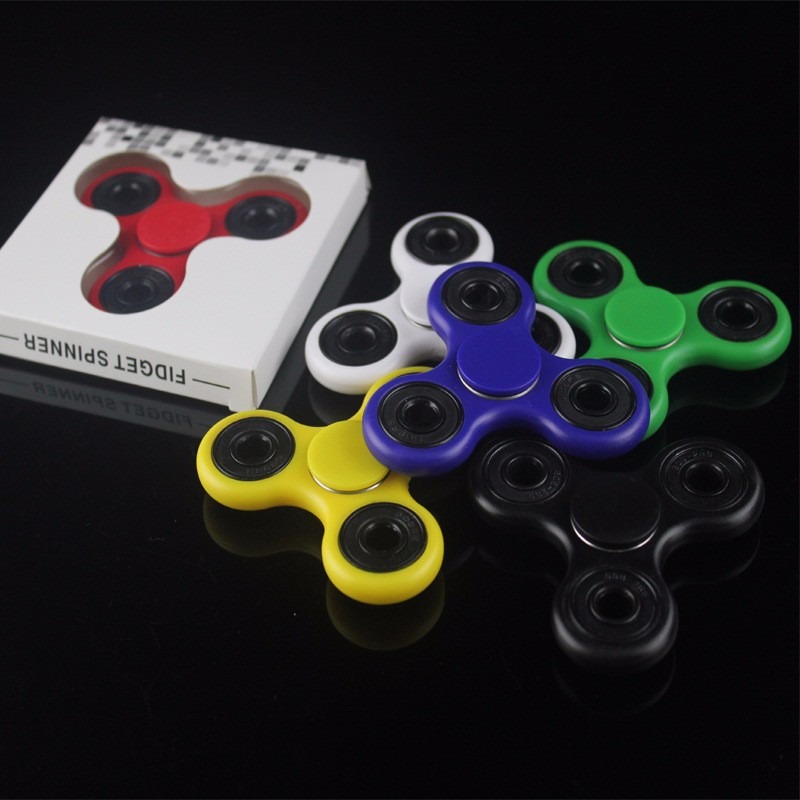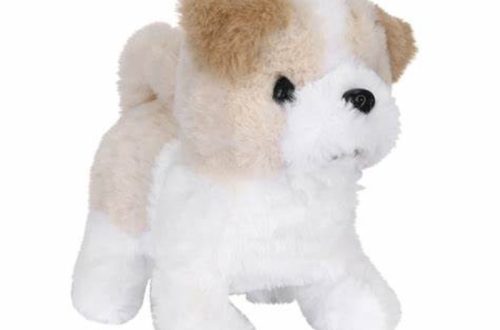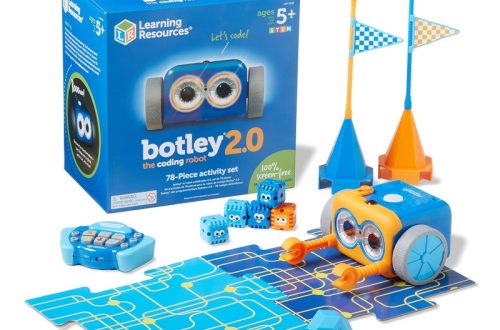Introduction to Fidget Spinners
The Original Fidget spinner, at one time, were everywhere. These palm-sized gadgets, made up of a ball bearing in a multi-lobed frame, could spin merrily between your fingers. The concept is simplicity itself: the user holds the spinner by the center, and flicks one of the prongs to set it rotating smoothly and rapidly.
Originally, fidget spinners were not just toys. Some believed they could help people focus, particularly those with ADHD or anxiety. It’s a simple, quiet way to busy your hands while your brain works on more important tasks. Despite their simple purpose, nobody could have foreseen the monumental rise of fidget spinners in popular culture. Their popularity skyrocketed, and they were quickly embraced by people of all ages.
The origins of the original fidget spinner date back much further than their surge in popularity might suggest, with early versions cropping up in the 1990s. Though simple and unassuming, these fascinating little devices became a cultural phenomenon. They spun their way into nearly every environment: classrooms, offices, and homes across the globe.
Who initially came up with this dynamic concept? Though there is some debate, Catherine Hettinger is often credited with the original creation of the fidget spinner. Her story, fraught with patent challenges and financial hurdles, speaks to the heart of innovation and ingenuity. In the sprawling world of toys and gadgets, the fidget spinner holds a special place – an iconic symbol of the power of a simple idea to capture the world’s imagination.
The Invention and Development of the Fidget Spinner
Early Attempts and Patent Challenges
The fidget spinner did not arise overnight. Its journey began in the 1990s with a woman named Catherine Hettinger. Suffering from myasthenia gravis, she aimed to create a soothing toy. Simple materials like newspaper and tape were her early tools. Through trial and error, a non-mechanical prototype emerged. Catherine’s invention was unique, and she secured a patent in 1997.
Patent maintenance, however, came with costs. Catherine faced a renewal fee of $400. Without the means to pay, she had to let the patent lapse in 2005. This decision proved costly. Soon, her idea sparked a global craze, but without the patent, she couldn’t profit.
The Role of Catherine Hettinger
Despite the patent loss, Catherine’s role was pivotal. She first had the vision for the original fidget spinner. Intent on creating a playful and peaceful distraction, she set the foundation. Her design encouraged users to engage in a simple, calming activity. The spinner’s design focused on ease and accessibility, making the toy widely usable. Catherine, while not benefiting financially, significantly impacted toy design and culture.
The invention of the fidget spinner is a story of creativity met with financial struggle. It teaches us that the path of innovation is often bumpy. Yet, it also shows us how a single idea can resonate globally, despite challenges.
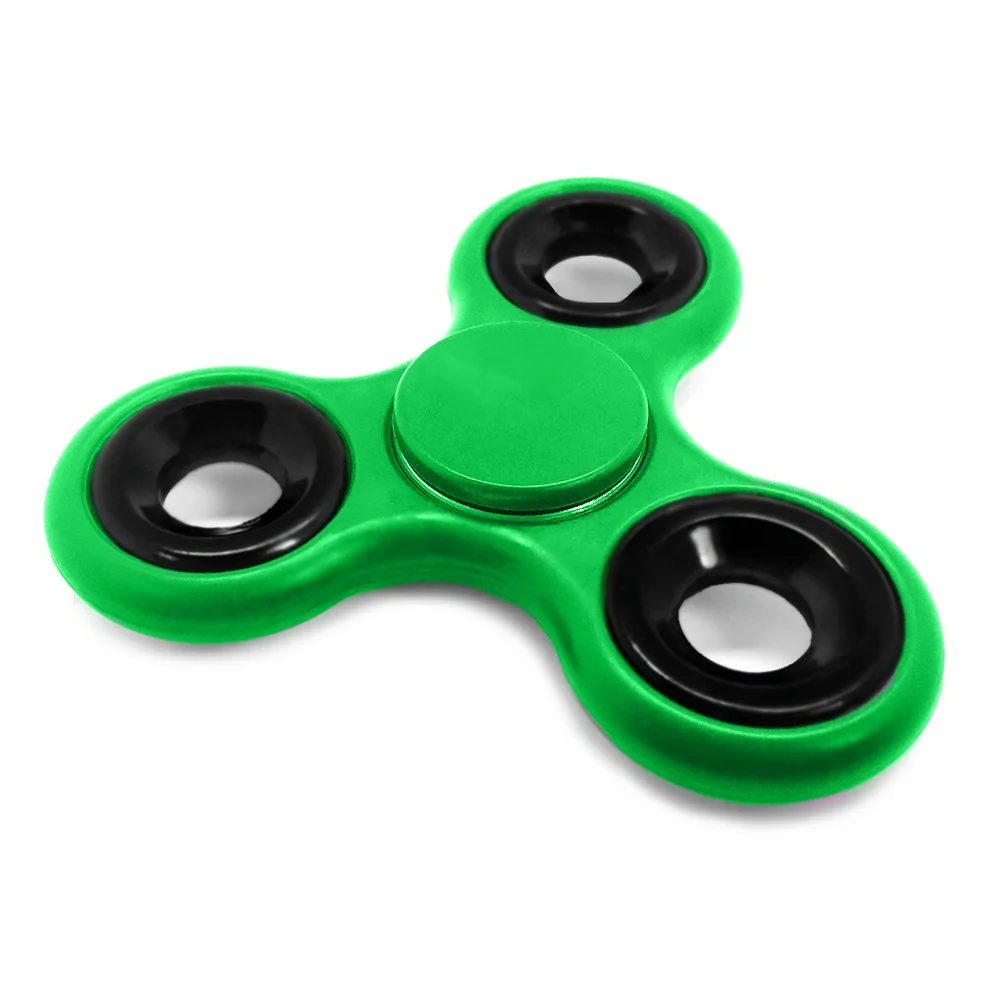
The Rise of Fidget Spinners in Popular Culture
Mainstream Success and Viral Growth
Fidget spinners exploded onto the scene seemingly out of nowhere. Their quick, easy use and low cost made them an instant hit. In 2017, you could barely go anywhere without seeing someone spin one. This craze wasn’t just limited to children; adults were just as enchanted.
The spinners became viral sensations. Social media platforms were flooded with videos and pictures of the latest fidgeting tool. Some used them for tricks, others for a moment of calm during a busy day. Its viral nature was undeniable, raising the simple object to iconic status.
Celebrity Influence and Media Coverage
Celebrities added fuel to the fire. Stars like Rita Ora and Kendall Jenner were seen with spinners, making them even cooler. Media outlets noticed and featured fidget spinners in countless articles and segments. This coverage multiplied their popularity, reaching audiences worldwide.
The media also discussed the original fidget spinner’s inventor, often highlighting Catherine Hettinger’s story. This added a human element to the fidget spinner narrative, engaging the audience further. With celebrity endorsement and extensive media coverage, spinners became must-have items. They featured on ‘top toy’ lists and were the subject of endless discussions. The original fidget spinner had indeed made its mark in popular culture.
Economic and Market Impact
The fidget spinner phenomenon sent waves across the global economy. Businesses, large and small, scrambled to meet the unexpected demand for the original fidget spinner. Toy stores, online retailers, and even street vendors found a gold mine as consumers of all ages sought these spinning toys. As popularity soared, manufacturers ramped up production to keep shops well-stocked.
Industry Response to Demand
To capitalize on the trend, the industry produced millions of fidget spinners in record time. Manufacturers used different materials and designs to create variety. This response was a boon for factories, especially those with the ability to quickly switch their production lines to churning out the latest in-demand product.
Knockoffs and Market Saturation
However, success attracted imitators. The market soon flooded with knockoffs, some selling for a fraction of the cost of higher-quality spinners. This led to market saturation. As a result, the once high-demand product became commonplace, with some stores stuck with unsold stock. The saturation was so extensive that discounts and promotions became the norm to clear inventory.
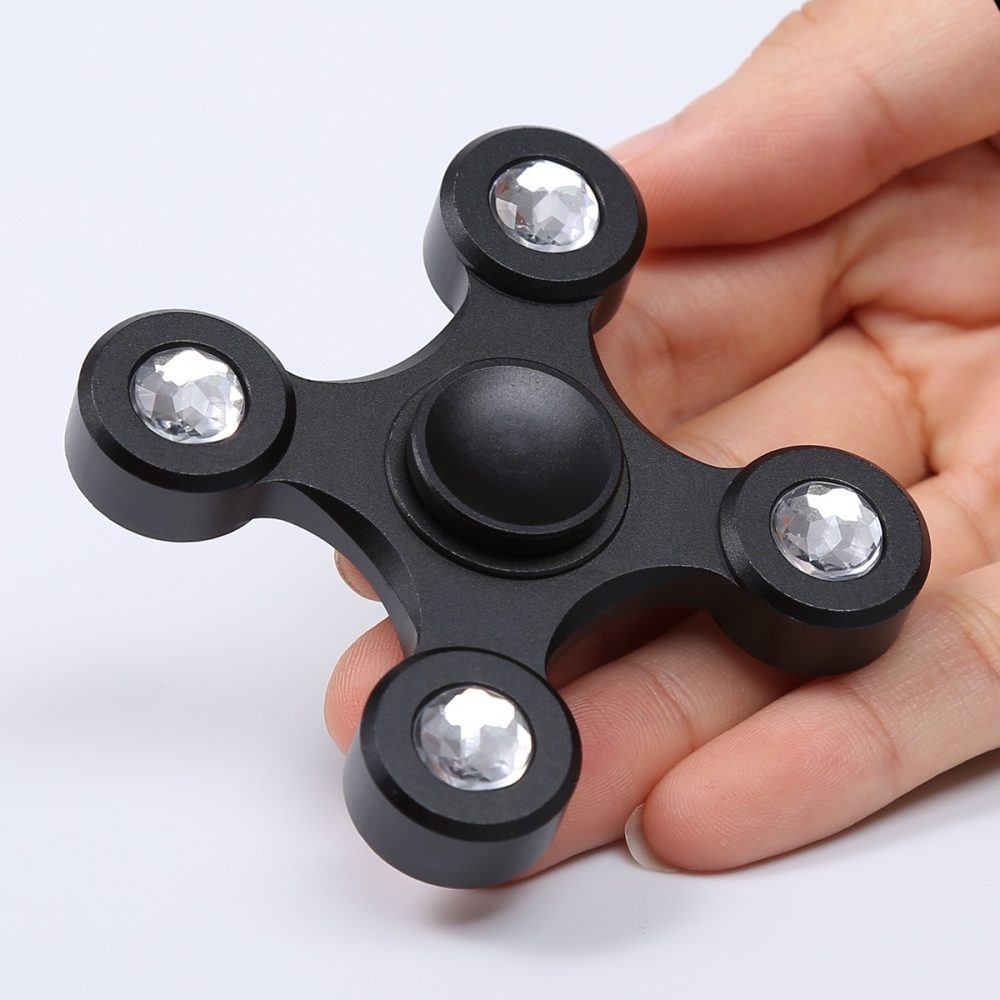
Educational and Therapeutic Uses
Benefits for ADHD and Autism
The original fidget spinner holds more than novelty value. It is a helpful tool for some. Studies suggest that fidgeting can aid focus in individuals with ADHD. Spinning these toys might improve concentration. For people with autism, the rhythmic motion offers a calming effect. It’s a sensory experience that can reduce stress. Teachers and therapists sometimes incorporate spinners into their sessions.
Adoption in Schools and Therapy Sessions
Many schools and therapeutic practices have embraced the use of fidget spinners. In some classrooms, they serve as a concentration aid. For therapy, they’re used to help manage sensory processing issues. Of course, not all schools are on board. Some find spinners can distract other students. Balance is key in integrating these tools into educational settings. However, their therapeutic benefits are clear and promising.
Legal and Intellectual Property Issues
The tale of the original fidget spinner intertwines with legal and intellectual property challenges. Catherine Hettinger’s patent on her invention, the original fidget spinner, expired due to her inability to pay the renewal fee in 2005. This incident underscores the importance of protecting intellectual property. When the fidget spinner craze took off, Hettinger missed out on potential earnings because she no longer held the patent rights.
Patent Loss and Financial Implications
Hettinger’s patent lapse exemplifies a harsh reality for inventors. The cost of maintaining a patent is not trivial and can be burdensome for individual creators. When Hettinger did not renew her patent due to financial constraints, she inadvertently opened the door for others to capitalize on her idea. As a result, manufacturers profited greatly from the trend, while she did not receive financial benefits from the mass production and sale of fidget spinners.
Lessons in Innovation and Rights Management
There are valuable lessons to be learned from Hettinger’s experience with the original fidget spinner. One, protecting an invention through intellectual property rights is critical. Two, innovators should explore funding options, such as crowdfunding or partnerships, to sustain their patents. Lastly, understanding the commercialization process is vital. Had Hettinger been able to keep her patent and partner with a company for production, her financial situation may have been different. Innovators must be equipped with knowledge and resources to protect and manage their creations effectively.
Current State and Future of Fidget Spinners
Trends and Decline in Popularity
Fidget spinners hit peak popularity in 2017, swiftly becoming a global trend. Shortly after, though, the hype began to wane. Their ubiquitous presence led to market oversaturation. Stores were packed with excess inventory, leading to massive price drops. Now, fidget spinners often sell for just a dollar or two, a sharp fall from their original price range. This drop reflects changing consumer interests and the lifecycle of viral products. Despite this, the original fidget spinner retains a loyal following. Collectors, hobbyists, and those using them for their therapeutic benefits continue to value them. Still, the fidget spinner’s role in pop culture has largely diminished. Kids have moved on to new toys and gadgets.
Fidget spinners are no longer the must-have item they once were. This decline is a natural progression for a product that rises quickly in popularity. It underscores the importance of market timing and innovation in sustaining interest. As the fad fades, stores adapt, focusing on the next big thing.
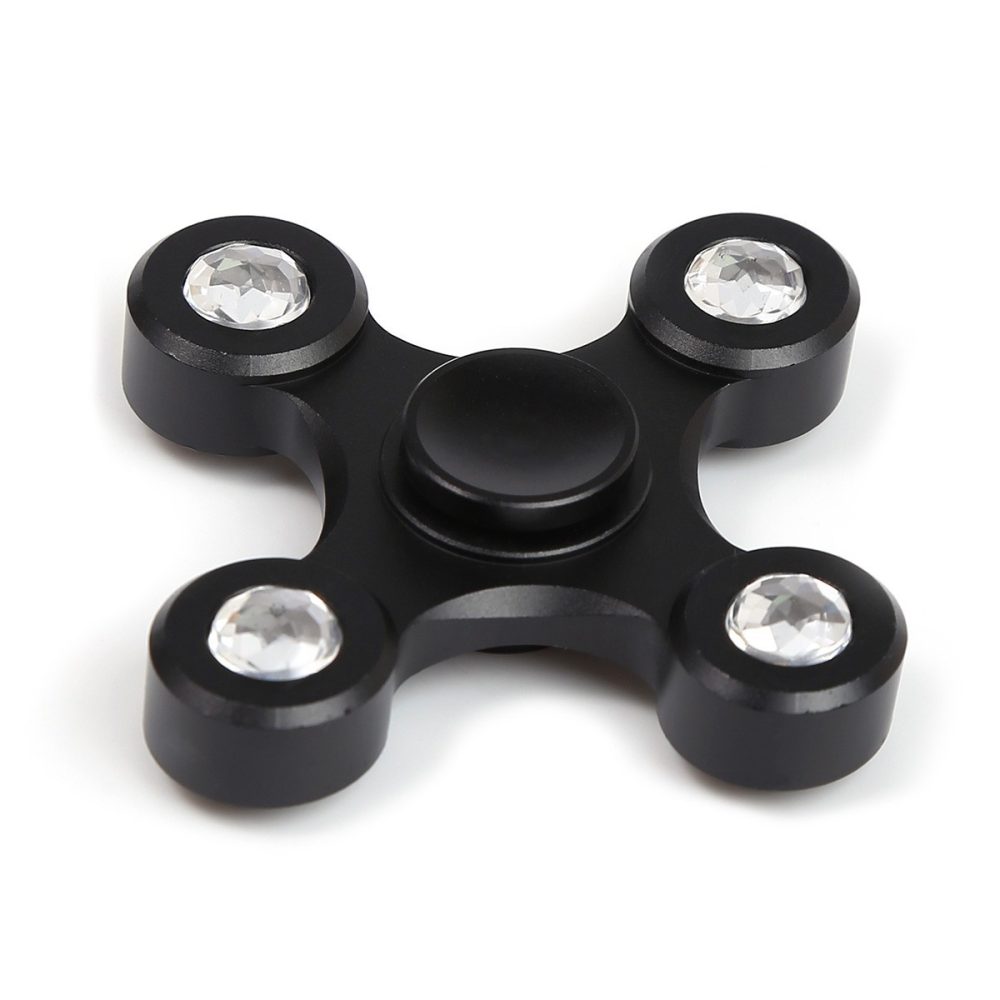
Potential Revivals and Innovations
While the fad has cooled, the original fidget spinner may not be gone for good. There’s always potential for revival. New designs or innovative uses could breathe fresh life into the product. Manufacturers might innovate, creating spinners with new features or technology. For instance, adding electronic components or augmented reality functions.
There’s also the chance of a nostalgia-fueled comeback. As the generation that grew up with fidget spinners gets older, sentimentality might lead to a renewed interest. In some educational and therapeutic settings, their use persists. This niche market may maintain a steady demand for the toy.
Inventors and entrepreneurs should note Catherine Hettinger’s tale. It teaches the importance of protecting and managing intellectual property. An idea as simple as a spinning toy can become a sensation. Those who innovate can learn from the fidget spinner story to ensure their creations remain protected and they benefit from their work.
The future of fidget spinners is uncertain. Their past, however, offers valuable lessons for the world of invention and marketing. Whether they make a comeback or remain a fond memory of the 2010s, the original fidget spinner’s impact is undeniable.
